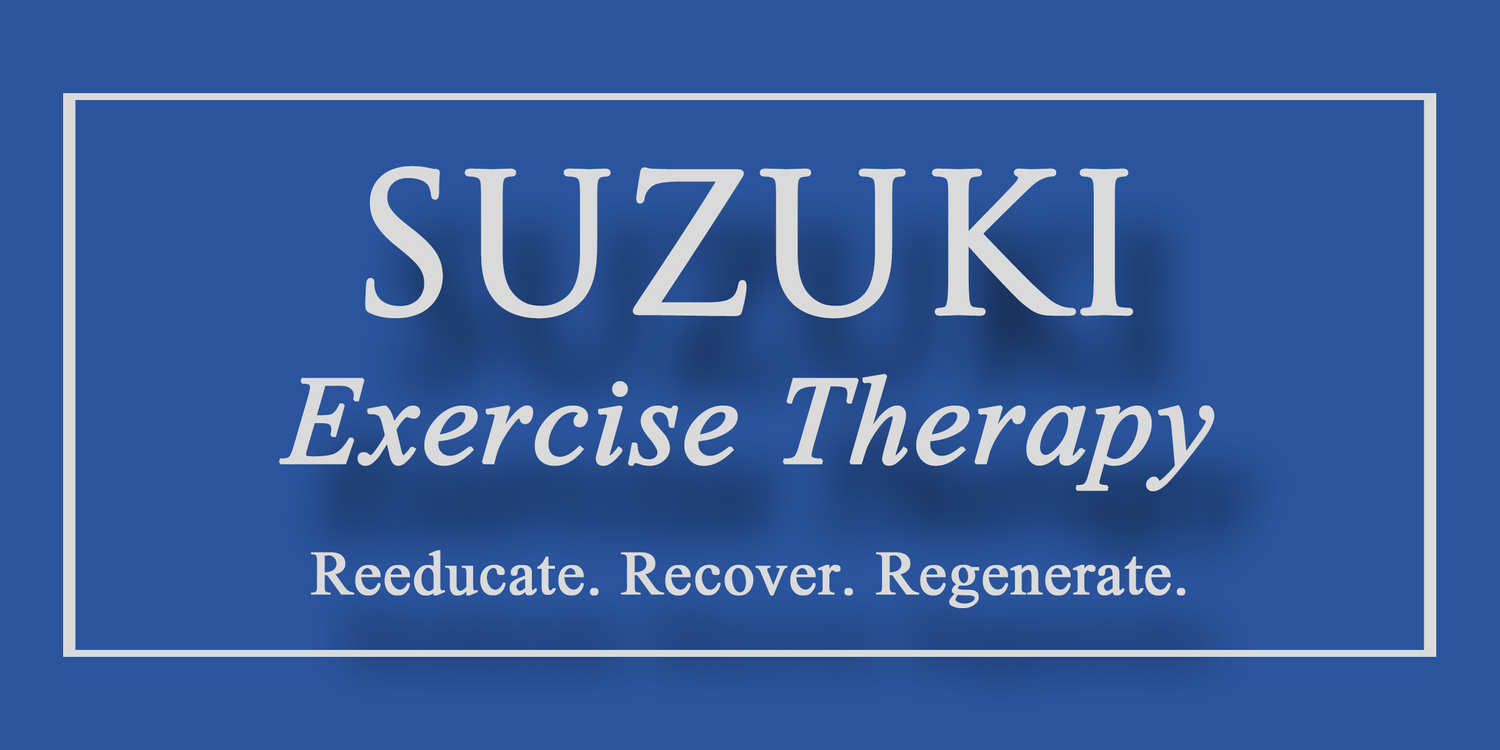By Boko Suzuki
Photography by Kacey Cole
Many people, when doing strength training, try to use good form. Here are some common reasons:
· Because their personal trainer told them to
· Because some random guy with big muscles told them to
· Because someone on YouTube told them to
In my humble opinion, there are two very good reasons to use good form:
· Because good form allows you to target the goal of the exercise, e.g. a lat pulldown that works your lats, not your traps or low back.
· Because good form lowers your chances of injury
So what is good form? There are lots of definitions but in order to keep things simple I would boil it down to two things:
· Good form primarily works the target muscles, as in the previous lat pulldown example. There will always be ancillary muscles involved in any movement and that’s a good thing, but if the target muscle isn’t the prime mover (the main engine of the movement), you won’t get the results you’re hoping for.
· Good form minimizes compensation. Compensation is an important short term survival tool, as in a limp when you have an injured leg, but persistent compensation reduces the effectiveness and increases the injury risk of an exercise.
But how do you know if you’re using good form? At the risk of sounding self serving, there is no substitute for a qualified fitness professional coaching you. I understand that’s not available to everyone so here are a few markers that indicate whether you’re using good or not so good form:
· Understanding the prime mover of an exercise is important. There will always be assisting muscles (synergists) but they should not take over as prime movers. Here are a few examples of prime movers: Bench press, pushups – pecs. Pullups, rows and lat pulldowns – lats. Curls – biceps. Skull crushers and cable pushdowns – triceps. Squats – glutes and quads. Deadlifts and RDL’s – glutes and hamstrings. Overhead press – front deltoids. Lateral raise – middle deltoids. Bent over lateral rise and face pulls – rear deltoids.
· Check in with yourself after each set, at the end of your workout, and the next day. If the target muscle(s) you worked feels “used up”, or “pumped”, or even “good sore”, that’s an indication that you achieved your goal. If, on the other hand, you feel pain or discomfort in your joints or in your adjacent muscles, that’s a red flag. You will not necessarily get injured doing one workout with poor form, but if you don’t correct things, your chances of injury rise. A lot.
· Taking a video of your exercises can be very revealing. If you find someone well qualified (NOT a fitness influencer) on YouTube demonstrating an exercise (Dr. Aaron Horschig at Squat University and Dr. Mike Israetel at Renaissance Periodization are two of my most trusted sources), you can compare how you look to how a qualified professional looks. You may be surprised to learn that there is often a significant gap between how you look and how you think you look. The movement should look balanced and in control and it should be repeatable (every rep from your first through your last should look very much the same).
If at all possible, find yourself a good coach and have him or her teach you and monitor you for good form. Strength exercise can be a good thing but strength exercise that you can sustain for a lifetime is a really, really good thing.


